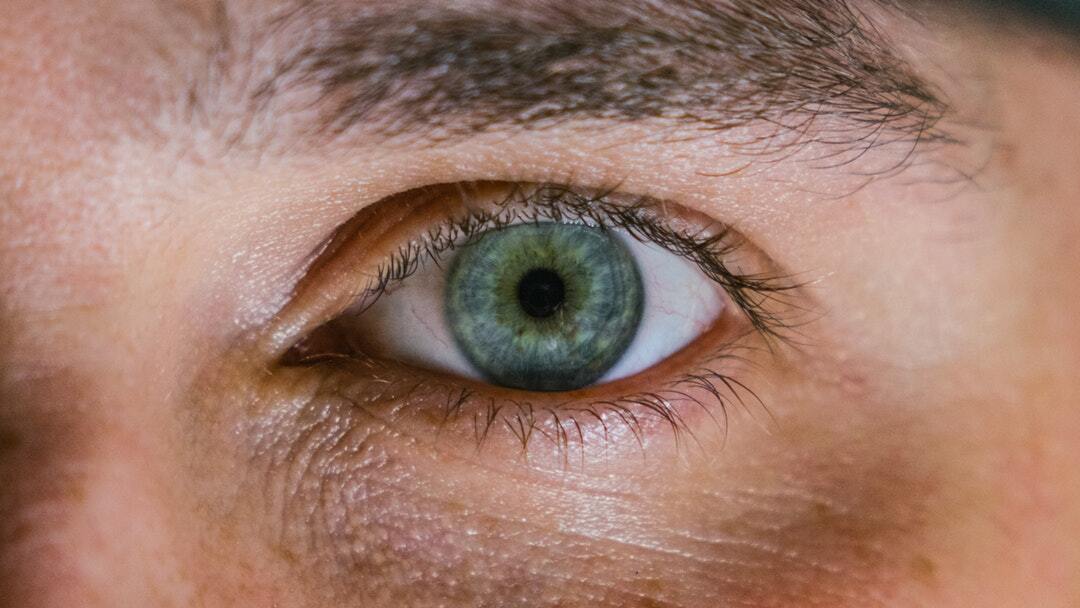
Introduction As we age, our eyes undergo various changes, one of which is presbyopia. This common condition, often emerging in middle age, affects our ability to see close objects clearly. It’s a natural part of the aging process, but it can be a source of frustration for many. However, with advancements in eye care, there are several effective treatments available. This comprehensive guide delves into the nature of presbyopia and explores various treatment options, including Refractive Lens Exchange (RLE), LASIK, Advanced Surface Ablation (ASA), and intraocular lens implants.
Understanding Presbyopia Presbyopia is not a disease but a normal, age-related phenomenon. It typically starts to become noticeable in the early to mid-40s and continues to progress until around age 65. The primary cause of presbyopia is the gradual loss of flexibility in the natural lens inside our eyes. This loss of elasticity makes it difficult for the eyes to focus on close objects, a process that was effortless in younger years.
Symptoms of presbyopia include difficulty reading small print, the need to hold reading materials at arm’s length, headaches, and eye strain from close work. These symptoms gradually worsen over time, often necessitating the use of reading glasses or other visual aids.
Treatment Options for Presbyobia
- Refractive Lens Exchange (RLE): RLE is a surgical procedure that involves replacing the eye’s natural lens with an artificial intraocular lens (IOL). This procedure is akin to cataract surgery and is often recommended for patients with presbyopia who also have cataracts. The new lens can be selected to correct distance vision, near vision, or both. RLE is particularly beneficial for those who want a permanent solution and are not good candidates for other types of refractive surgery.
- LASIK Surgery: LASIK, a well-known refractive surgery, can also be used to correct presbyopia. The procedure involves reshaping the cornea to improve vision. For presbyopia, LASIK can be used to create a monovision effect, where one eye is corrected for near vision and the other for distance vision. This approach allows the patient to rely less on reading glasses. LASIK is less invasive than RLE and is a popular choice for those who do not have cataracts and prefer a quick recovery.
- Advanced Surface Ablation (ASA): ASA, including procedures like PRK (photorefractive keratectomy), is similar to LASIK but does not involve creating a flap in the cornea. Instead, the outer layer of the cornea is gently removed before the laser treatment. ASA is a good option for those with thinner corneas or certain other eye conditions. Recovery from ASA is typically longer than LASIK, but it can be a safer option for some patients.
- Intraocular Lens Implants: For those undergoing cataract surgery, modern IOLs can correct presbyopia. These lenses come in various designs, including multifocal and accommodative lenses, which allow for clear vision at multiple distances. Multifocal lenses have different zones for near, intermediate, and far vision, while accommodative lenses move or change shape inside the eye, allowing for focus at different distances.
Choosing the Right Treatment Selecting the best treatment for presbyopia depends on various factors, including the patient’s age, overall eye health, lifestyle, and personal preferences. For instance, those who are comfortable with the idea of surgery and are looking for a long-term solution might prefer RLE or IOL implants. On the other hand, those seeking a less invasive option might opt for LASIK or ASA.
A comprehensive eye exam and consultation with an eye care professional are crucial. During the exam, the doctor will assess the health of your eyes, measure your prescription, and discuss your lifestyle needs to determine the most suitable option.
Lifestyle Considerations and Adjustments Living with presbyopia requires some adjustments. For those not ready for surgery, reading glasses or bifocals can be a practical solution. There are also various types of contact lenses designed for people with presbyopia, such as bifocal contacts or monovision lenses where one lens is for near vision and the other for distance.
The Future of Presbyopia Treatment Research in the field of ophthalmology is ongoing, and new treatments for presbyopia are on the horizon. These include eye drops that temporarily reduce the pupil size to increase the depth of focus and potentially new types of lenses that can mimic the eye’s natural ability to change focus.
Conclusion Presbyopia is a natural part of aging, but it doesn’t have to limit your lifestyle or compromise your quality of life. With modern treatments like RLE, LASIK, ASA, and intraocular lens implants, clear vision at all distances is achievable. If you’re experiencing symptoms of presbyopia, it’s important to consult with an eye care provider to explore your options and find a solution that best fits your needs and lifestyle.
Are you looking into your options for Presbyopia treatment in Austin? Contact Texan Eye today.
